Chris Sanders | 1hr 42min

Whether we call it programming or simply animal nature, there is not a whole lot separating stimulus and response for the creatures of The Wild Robot – at least until one shipwrecked robot washes up on their island and is landed with the task of raising a young gosling. Designed as a service android with the sole purpose of fulfilling orders, Roz initially bristles against the call to become a mother, choosing instead to nurture the lone egg with clinical detachment. Survival relies on far more complex behaviours than reflex alone though, and this film proves to be especially astute in its distillation of parenthood’s complex challenges into a tender, inviting fable.
Considering the animation industry’s recent move away from realism, the step forward that Dreamworks takes with The Wild Robot is significant, building on the painterly style of Puss in Boots: The Last Wish with a more refined watercolour aesthetic. This works particularly well in the woodland setting, imbuing the idyllic environments with a sense of hand-painted wonder inspired by Hayao Miyazaki’s eco-parables, and examining similar visual conflicts between nature and technology.

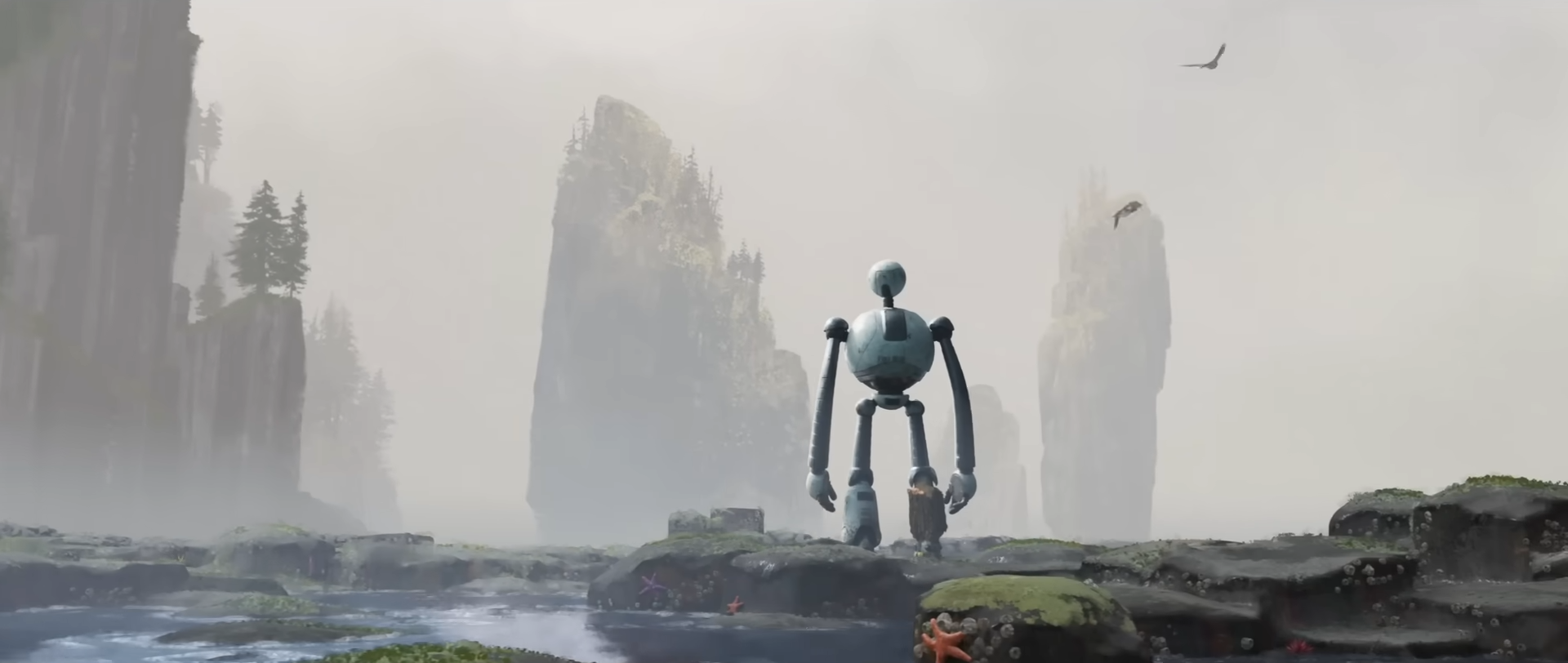
While the few human characters we glimpse look half-finished, this design lends itself superbly to machines and animals, visually depicting Roz’s gradual integration into the ecosystem through the lichen, dirt, and rust that gathers on her pristine metallic surface. When a fire threatens the entire forest later in the film too, The Wild Roboteven injects a fluorescent pink into its otherwise earthy palette, underscoring the danger of human interference by way of synthetic, radioactive hues. While this story could have just as easily been dreamed up in a Pixar writers’ room, it is refreshing to see Dreamworks pursue a different stylistic direction, applying highly stylised, impressionistic illustrations to its tale of instinct and adaptation.
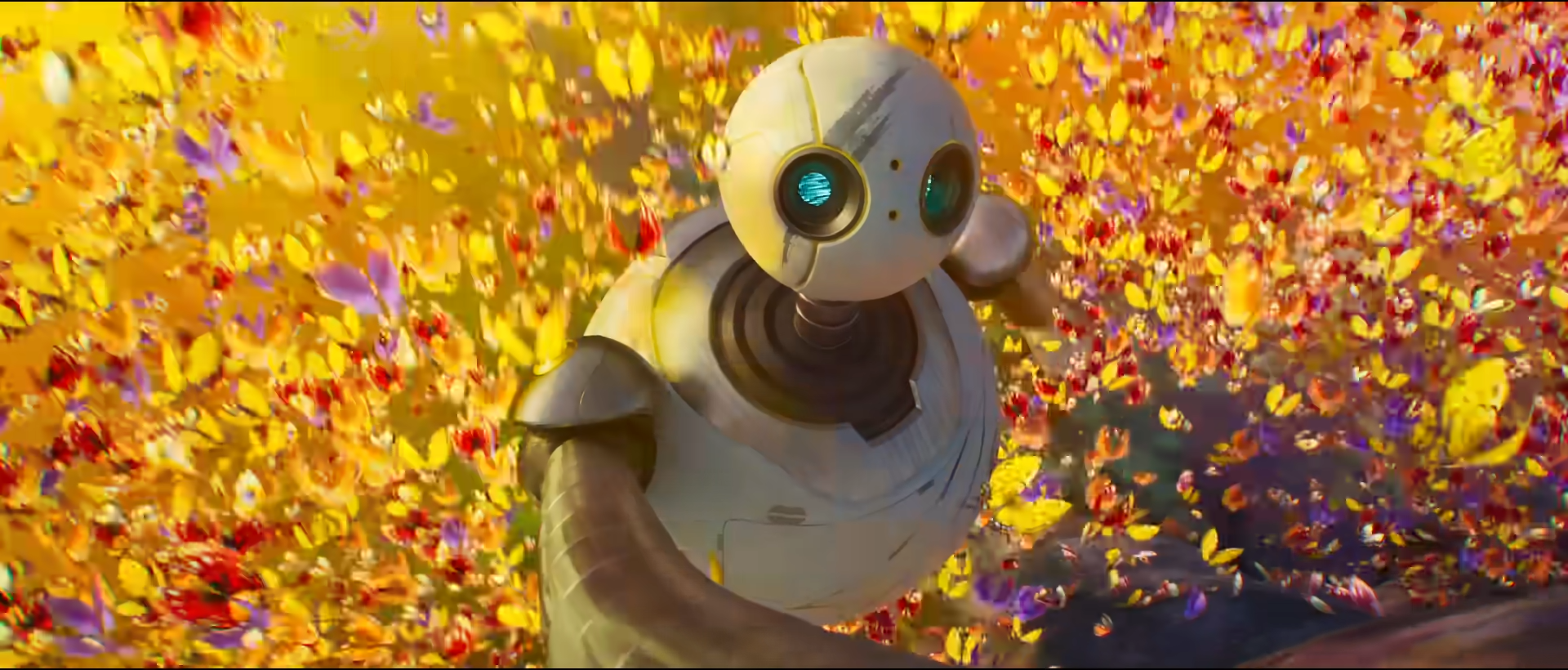
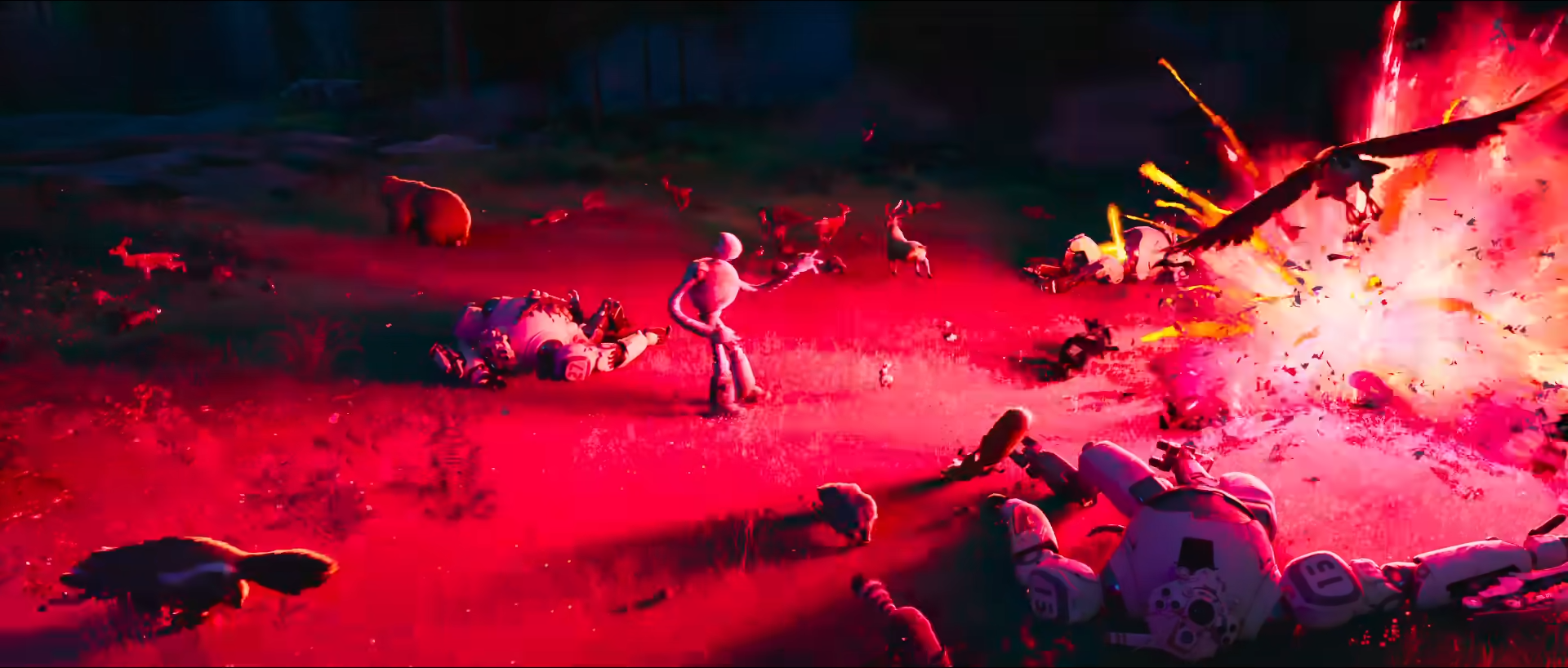
By balancing both the mechanical and the human intonations in her voice performance, Lupita N’yongo builds a sincere harmony into Roz’s characterisation. Her attempts to be as spontaneous as her new woodland friends fall amusingly flat, though each play their own role in helping her understand life beyond her programming, whether it is Pinktail the opossum’s parenting advice or Thunderbolt the falcon proving that it indeed takes a community to raise a child. The most difficult lessons of all though arrive through her adopted child Brightbill, who grows much too fast for her to keep up with his ever-changing needs. Self-assigned tasks at least give her some structure in the early days, but when she is ready to admit that she is making everything up as she goes along, the growing emotional attachment she feels is powerful enough to fill this gap in her software.
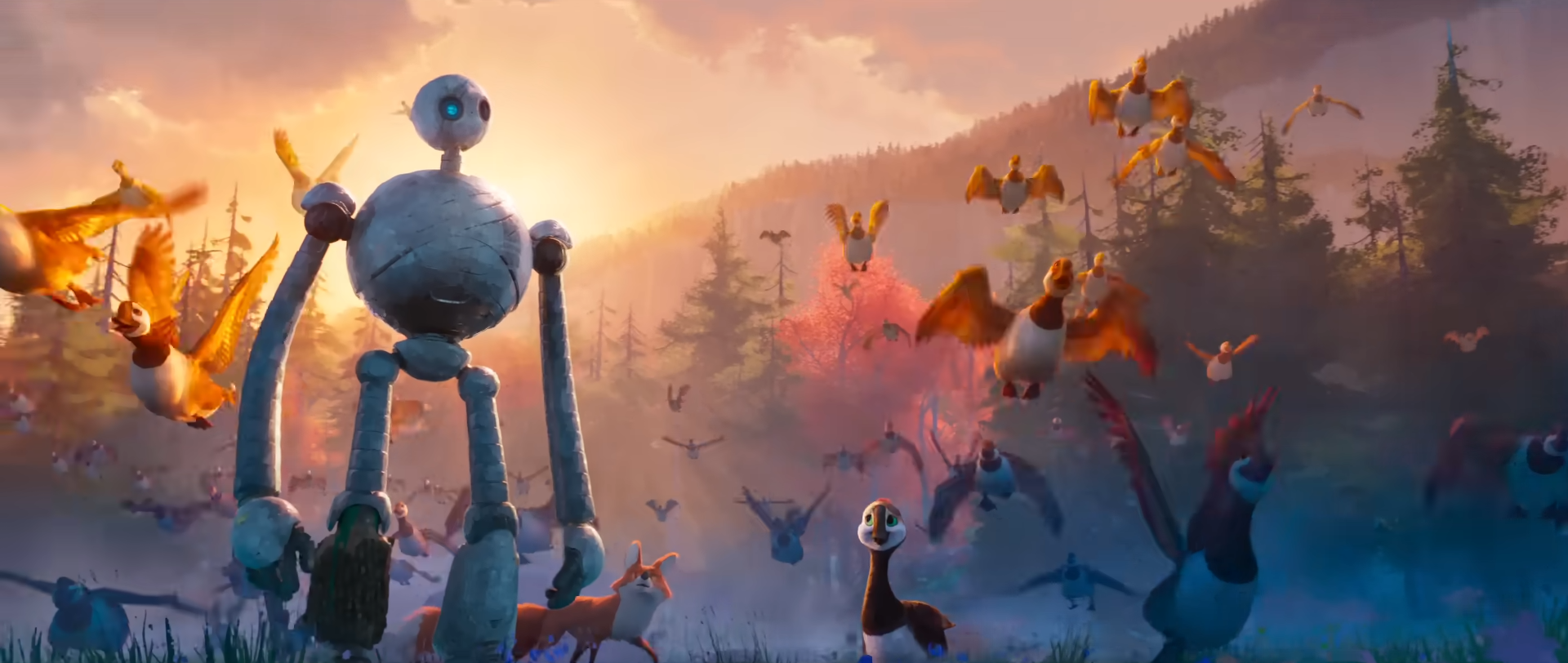
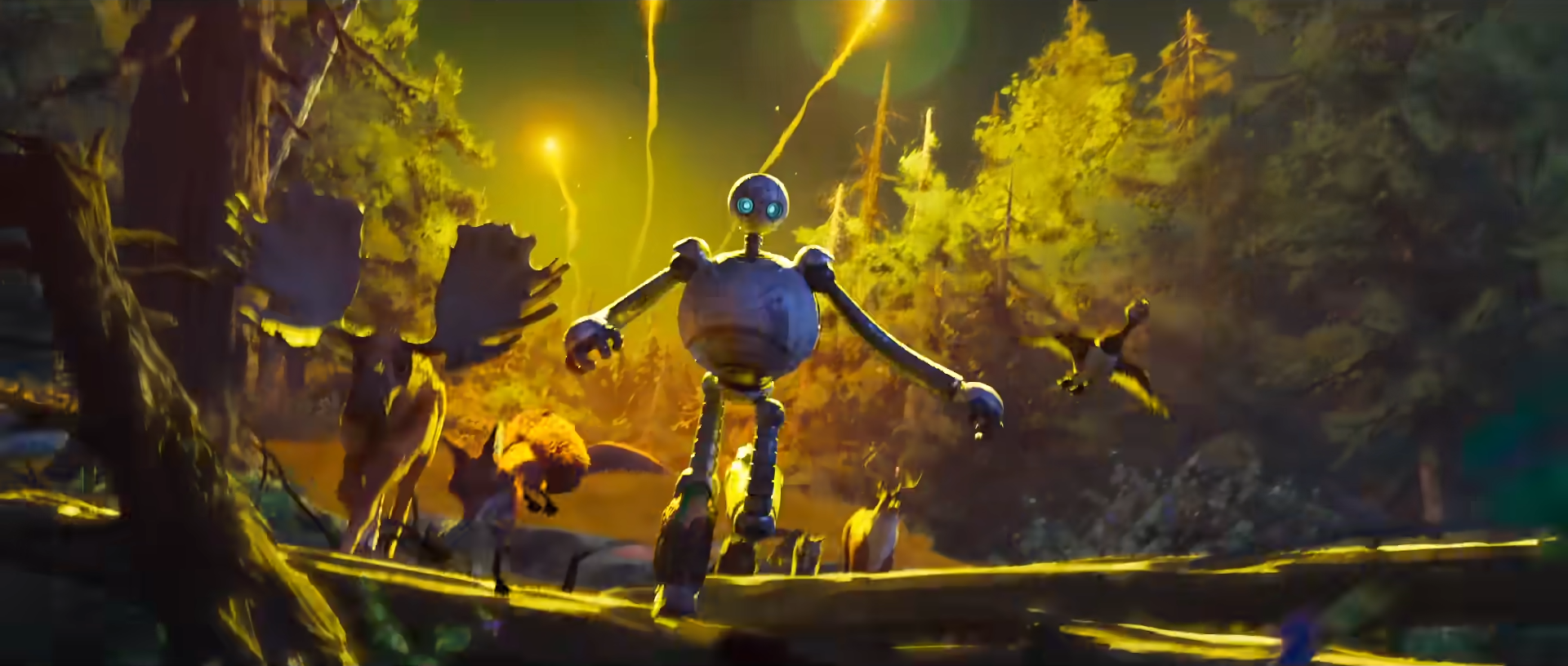
The parallel character arc we witness in Fink the fox makes for a thoughtful formal comparison here, initially resisting his predatory impulses so that he can benefit from Roz’s survival skills before eventually accepting his place as the surrogate father of this found family. The Wild Robot draws a surprising amount of dark humour from the ongoing casualties in the forest’s food chain, acknowledging that while animal nature certainly serves a purpose in ensuring survival, adaptation and cooperation are often even greater resources. Having learnt these skills by mothering Brightbill, Roz continues to put them to use in building a shelter for all the island’s wildlife during a snowstorm, and in turn calls them to overcome their own programming by building strong, communal bonds.
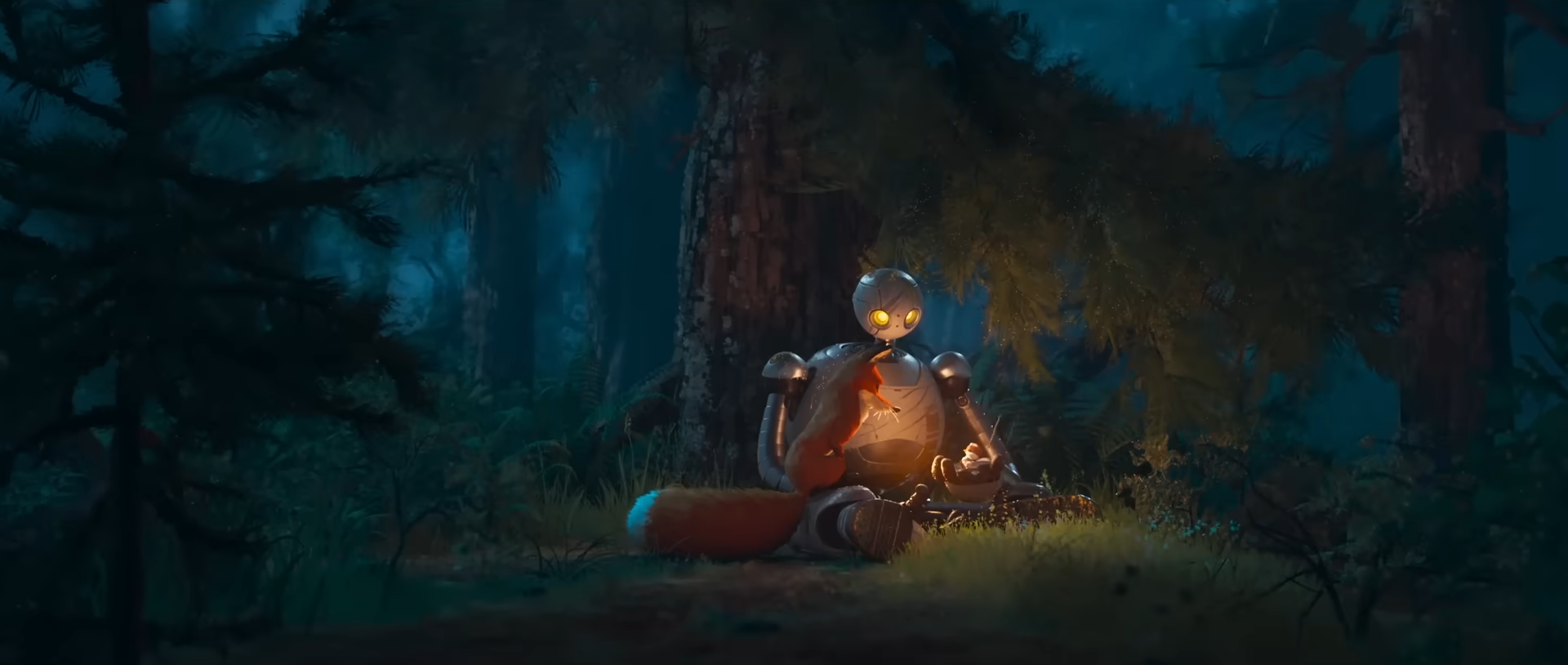

Even with self-preservation as the objective, kindness proves to be the most effective long-term strategy here, showing strength in solidarity between predator and prey alike. Besides a cliched ‘love saves the day’ deus ex machina, The Wild Robot largely turns what could have been a superficial, mawkish sentiment into a well-earned payoff, laying its foundations within an anthropomorphic ensemble of multiple distinct character arcs. By framing the most unlikely mother as the catalyst for such enormous transformation as well, the selfless path of parenthood not only guarantees a future for younger generations, but also a mindful, altruistic self-growth which no set of hardwired instincts or programs can achieve alone.
The Wild Robot is currently available to rent or buy on Apple TV, YouTube, and Amazon Video.
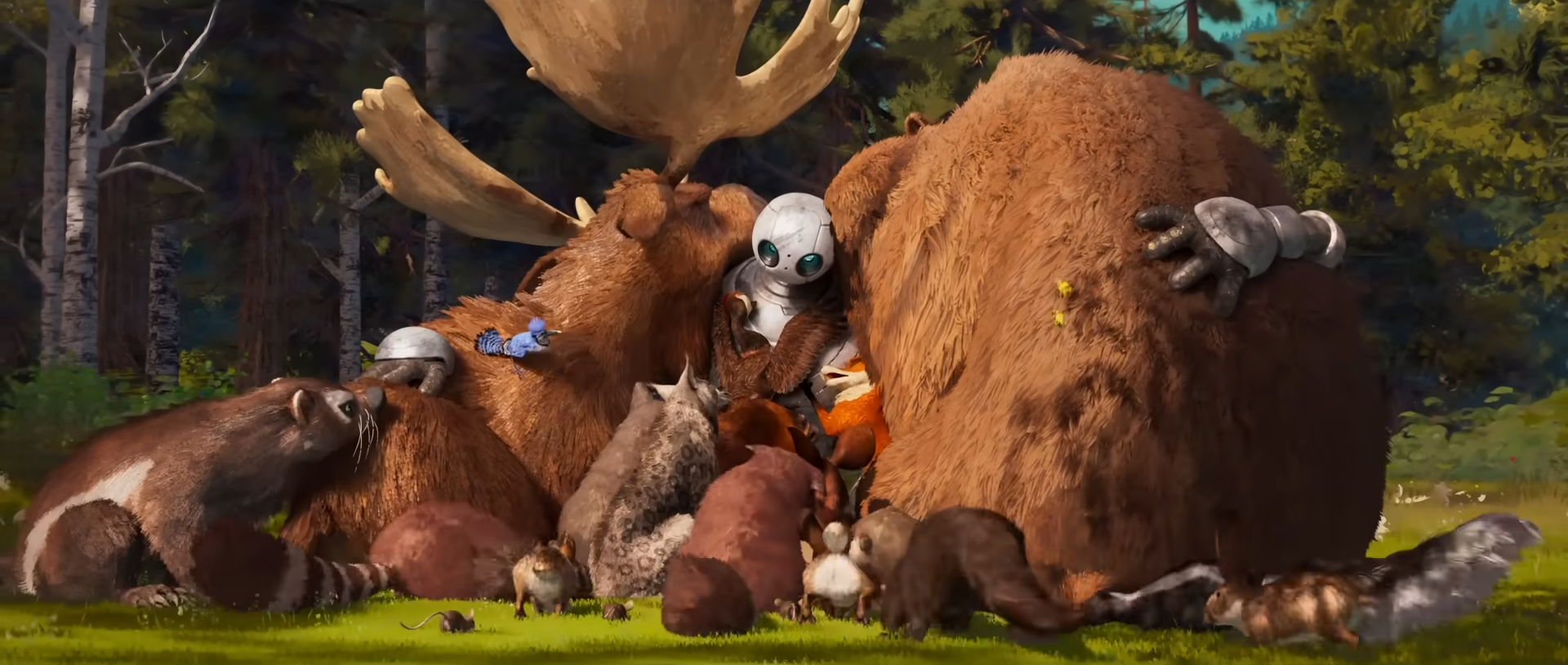

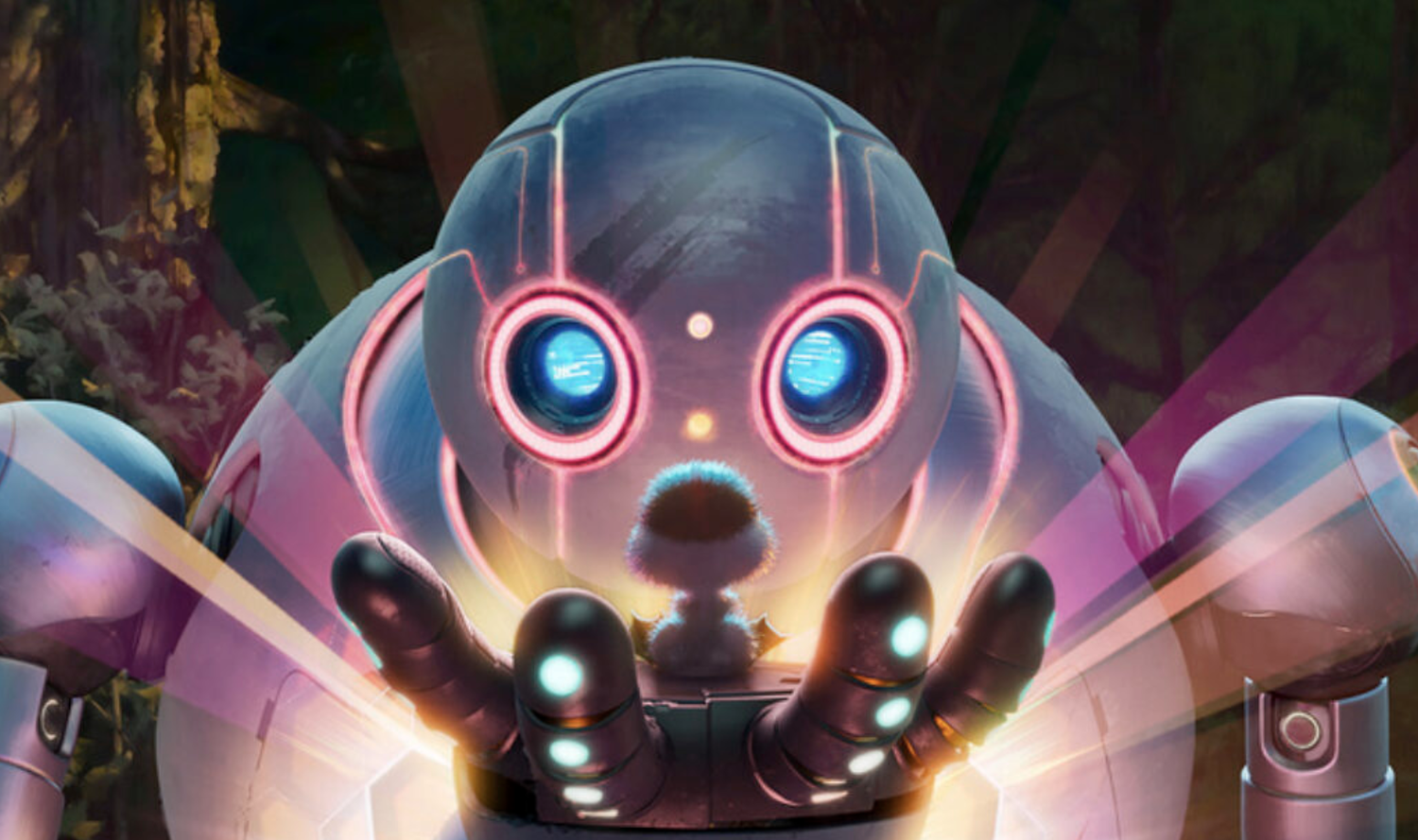
Pingback: 2024 in Cinema – Scene by Green